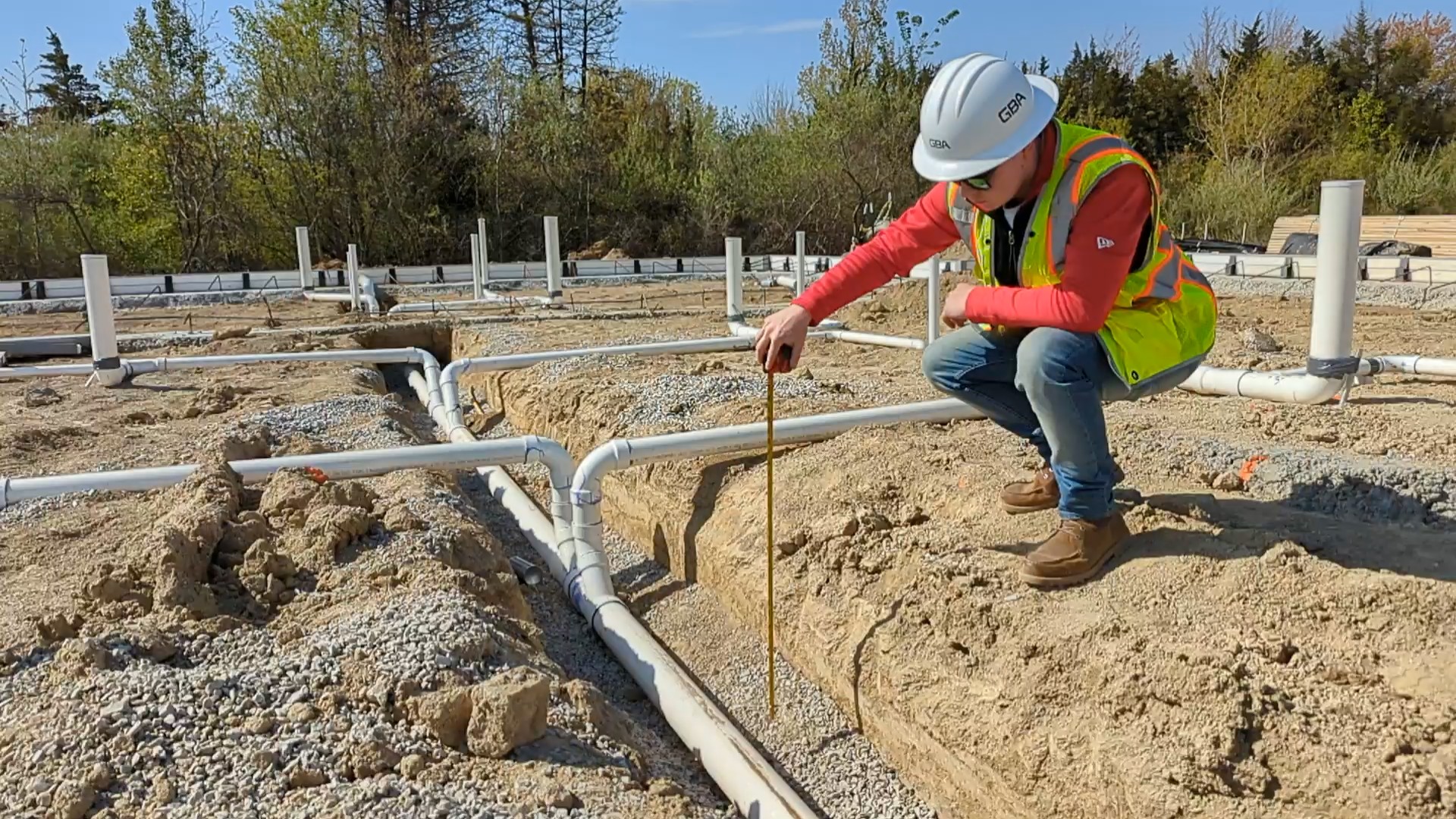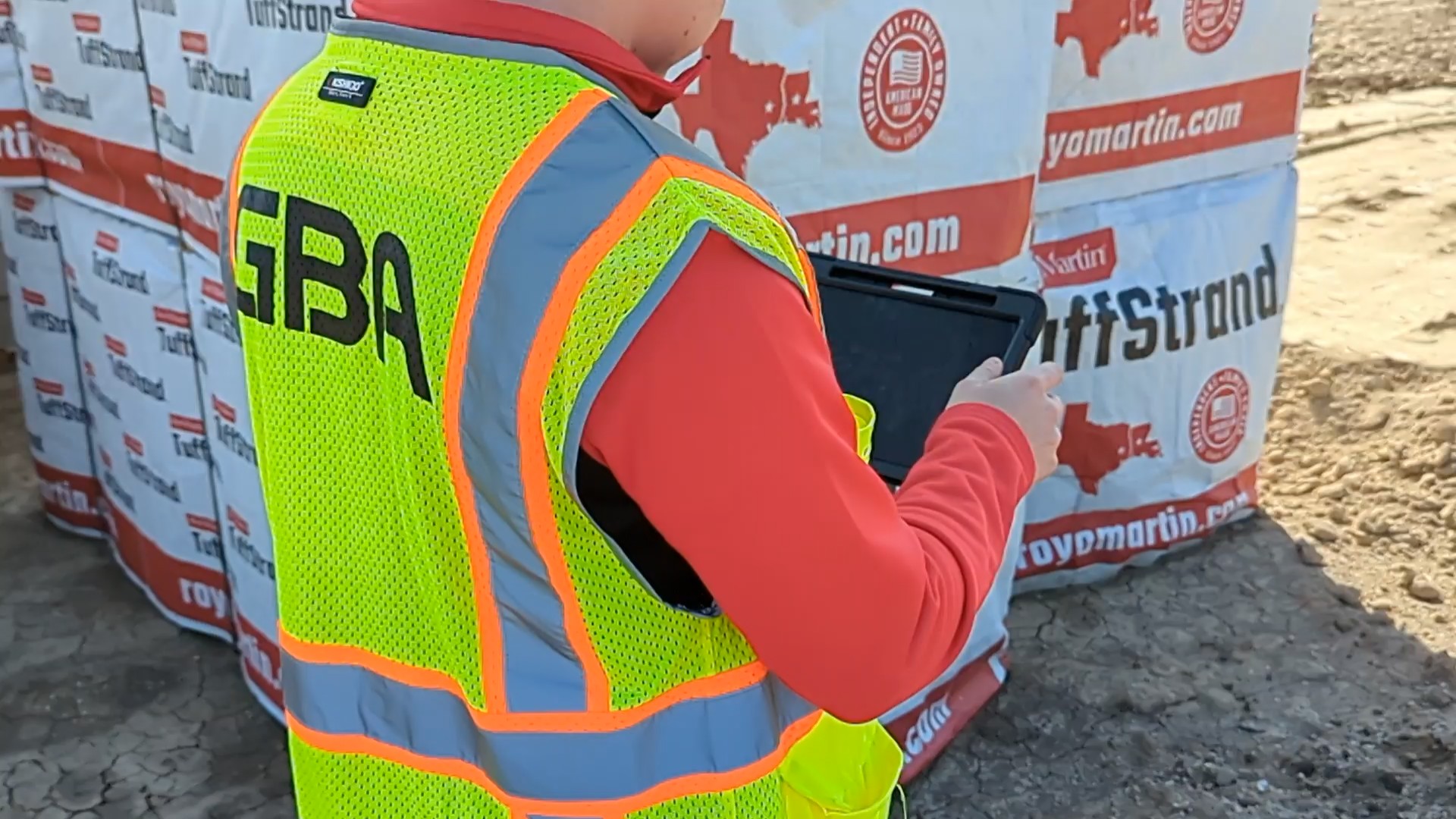
Keeping Up with the Codes
A History of Building Codes
Building codes have existed for quite some time. Depending on how you define them, you could assert building codes first entered the scene around 1750 BC with the Code of Hammurabi. Out of the 282 rules within that legal text, six relate to the construction of a home. We’ve come a long way from those ancient days in Mesopotamia; however, I might argue the spirit of the law has remained true over all this time.
The most commonly accepted building and construction codes across jurisdictions in the United States are the ones published by the International Code Council or ICC. Before this one-source approach, the United States had regional-based codes:
- Building Officials Code Administrators International (BOCA) on the East Coast and throughout the Midwest
- Southern Building Code Congress International (SBCCI) in the Southeast
- International Conference of Building Officials (ICBO) primarily throughout the West Coast and across a large strip of the middle of the country to most of the Midwest
The ICBO published the Uniform Building Code (UBC), Uniform Plumbing Code (UPC) and Uniform Mechanical Code (UMC). Some state codes—such as the Mechanical and Plumbing Code of The California Building Standards Code (“Title 24”)—are based on the UMC and UPC, respectively. The UBC was replaced in 2000 by the new International Building Code (IBC) published by the ICC.
An Exception to the ICC: National Electrical Code
With minor exceptions across the country, most jurisdictions have adopted at least a small number of the building and construction codes written by ICC. However, if you’re an electrical engineer, contractor or enthusiast, you might be thinking about the National Electrical Code (NEC). This is one of the most interesting exceptions in the code world. The NEC is published by the National Fire Protection Association (NFPA) rather than ICC. Their list of codes and standards totals more than 300 and is numbered to identify them easily. In addition to the NEC (or NFPA 70), they also publish many codes and standards related to fire protection, such as NFPA 72® National Fire Alarm and Signaling Code® and NFPA 13 Standard for the Installation of Sprinkler Systems. Although ICC used to have its own electrical code—the International Electrical Code—it has been replaced by the NEC as the standard for electrical codes.
You’ll rarely see a jurisdiction adopt by ordinance anything from NFPA other than the NEC.
This is because most of the codes and standards, such as those relating to fire alarms and fire sprinklers, are adopted by reference. Instead of adopting all the codes and standards related to a community, the ICC codes simplify the process and include language that will lump in these other codes and standards by referencing them. For example, section 101.4.1 of the IBC states that the International Mechanical Code (IMC) “shall apply to the installation, alterations, repairs and replacement of mechanical systems…” Instead of needing to adopt the IMC, it is essentially adopted by extension when the IBC is adopted since it is referenced in the IBC.
Over time, a code’s content will become outdated. This is typically not due to an error or omission but to changes in construction technology and methods, a need to update technical definitions, feedback from the public and/or research results related to the current rules and regulations. Let’s look at those four categories for an update to a code section.

Changes in Construction Technology and Methods
One of the most common residential permit applications our Building Code Services team has seen over the past few years is for photovoltaic (PV) solar energy systems. Did you know the rules for these systems were not in the residential code (IRC) until 2012? Keep in mind that PV systems for homes in the U.S. started gaining steam in the 1990s.
The construction industry is constantly looking for ways to integrate technologies into homes. Hence, codes must stay at the forefront to allow for clear direction and expectations on how certain home parts should be installed while keeping everyone safe.
Other examples of construction technology updates over the years include:
- Modular Construction
- Structural Insulated Panels
- Engineered Trusses and Similar Engineered Wood Products
- Spray Foam Insulation
- Strengthening Concrete Additives
- Integrated Weatherproofing in Exterior Sheathing
- Fiber Cement Siding
- High-efficiency Windows
- High-efficiency Gas-fired Appliances
- Heat Pumps
- Plastic Plumbing Piping (such as PEX)
- CSST Gas Piping
- GFCI and AFCI Circuit Protection
- Concrete-encased Electrodes (“ufer”)
One large update in this category for the 2021 IBC relates to energy storage systems (ESS) in dedicated-use buildings. Using facilities to store modern battery ESS connected to the electrical grid is becoming more common. The implications for the flexibility of energy usage in our community are enormous; however, the increase in density of lithium-ion battery storage that is constantly charging and discharging was not explicitly covered in previous codes. The IBC determined this guidance needed to be added and decided on the occupancy classification for this type of installation: F-1 or Moderate Hazard.
The other large update is expanding the definition and regulation of Type IV construction, historically called “heavy timber.”
As many new variations of heavy timber construction were entering the construction world, a more expansive list of regulations was required. Heavy timber no longer relates to the rough-sawn wood beam construction we saw a century ago; this construction type has lumped in buildings constructed with cross-laminated timbers (CLT) for a few code cycles. Type IV buildings now include Type IV-A, IV-B, IV-C, and IV-HT, with most of these differences relating to the protection of combustible structural members.
What will the future hold for construction technology such as 3D-printed homes? Without question, ICC will need (and is now actually discussing how) to address a common-sense standard for this and other future construction methods.

Technical Definition Updates
Although it appears tedious to drill down into the details of the definition of terms and clarifying code sections, this could be the most important update to the codes. Codes, by nature, are technical publications; each word, phrasing, or even punctuation could result in a completely different interpretation. One of my favorite examples is in Chapter 1 of the IBC, which relates solely to the administration of the code, where the words “shall” and “may” are used. It is a minor difference on the surface, but a huge implication on a code section depending on which of these terms is present.
Updates to the 2021 IBC definitions (all definitions in Chapter 2) include the definitions for atriums, change of occupancy, impact protective system, mass timber, nailable substrate, penthouse, puzzle room and structural members. Other sections throughout the rest of the code have been modified to achieve more clarity, such as section 424 changing from “Children’s Play Structures” to just “Play Structures” (the idea is to include items like rock climbing walls that might not be just for children). Although the technical definition changes are too numerous to list here, each was intentionally altered for a specific reason.
Feedback from the Public
ICC has a robust and long-established code development process. It involves people from the building community who fall into the categories of General Government (such as a building official or inspector), User (such as a building owner or private inspection agencies) or Producer (such as a general contractor or distributor). These individuals make up the committees that preside over the Committee Action Hearings. Members of ICC can submit changes to the code based on several reasons. Most often, this is based on an experience in their local community. After several hearings and discussions, this is put to a vote by those eligible. Lastly, this is confirmed by the ICC Board to ensure it is in lockstep with the spirit of the codes.
One of the most discussed codes from the ICC is the International Energy Conservation Code (IECC). This code was born out of a need for efficient energy management for a building’s systems to function properly. Over the years, there have been strong opinions for and against increasing building energy efficiency regulations. Energy efficiency increases benefit our community; however, developers and contractors typically shoulder the cost. For more news about the IECC, visit the ICC’s webpage.
Results of Research
Although ICC does not overtly state which studies or research cases impact code changes, this information has a cumulative impact on the committee members. Typically, these individuals are involved in and up to date on the research being conducted in the construction industry, which, in turn, affects their decisions on these code changes.
One example is the testing done to determine non-combustible protection for mass timber members. ICC worked with the American Wood Council (AWC) to confirm that this approach matched the testing results (see AWC’s Technical Document 10). Simply stated, structural elements in a Type IV building must be protected to a certain extent from fire to provide better protection. These sections (IBC 703.6 and 703.7) allow for flexibility in achieving that fire rating (through the attachment of gypsum panels or similar).
Conclusion
All told, there are fifteen building safety codes in the ICC family. Not all of them are adopted by all jurisdictions, nor is it required they are adopted altogether. Some of these codes only apply to specific regions of the country, such as the International Wildland Urban Interface Code, which governs the design regulations to protect life and property from wildland fires and their effects. Another example is the International Private Sewage Disposal Code, which provides regulations for sewage disposal that is not a part of a utility system, most commonly a septic system. Here in the U.S., around 26 million homes (one-fourth of all homes) are served by a septic system.
Implementing the variety of necessary code changes is a colossal undertaking, making it a wonder this can be done in a three-year period. It is entirely thanks to those involved in the committees and hearing processes for ICC (and NFPA) who devote their time—largely uncompensated—to help usher these changes through in a timely manner.
The GBA Building Code Services team is committed to staying current on the most current changes to help ensure a safe environment for building occupants and a streamlined, efficient construction process with clear expectations of what the code requires.